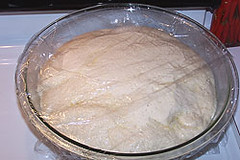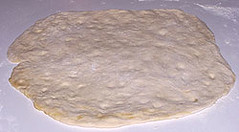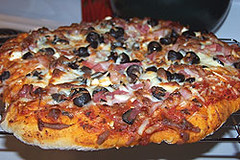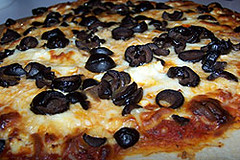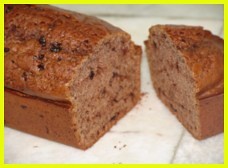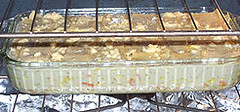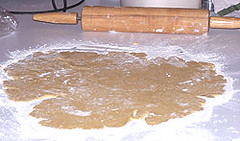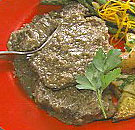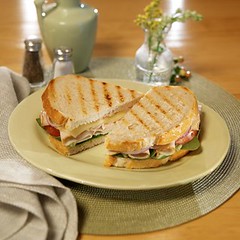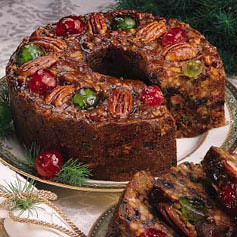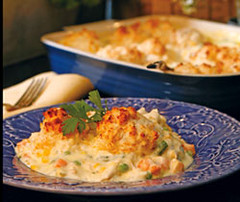I thought that everyone could use some of these tips I came across. I never imagined there would be this many uses of baking soda.
From: http://www.make-stuff.com/cooking/baking_soda.html
Bicarbonate of soda or baking soda has many different uses in the household. Although much more expensive products have been developed over the years to do the same jobs, baking soda can work for you just as well, if not better. Use it in the following ways:
- To make your own baking powder, stir and sift together 2 parts of Cream of Tartar to 1 part baking soda and 1 part cornstarch.
- Be sure to keep an extra box of baking soda by your stove in case of grease or electrical fire. Scatter the powder by the handful to safely put it out.
- Keep a container of baking soda in your garage as well as in your car to put out a fire. It won't damage anything it touches.
- Baking soda will also put out fires in clothing, fuel, wood, upholstery and rugs.
- Clean vegetables and fruit with baking soda. Sprinkle in water, soak and rise the produce.
- Wash garbage cans with baking soda.
- Soak and wash diapers with baking soda.
- Oil and grease - stained clothing washes out better with soda added to the washing water.
- Clean your fridge and freezer with dry soda sprinkled on a damp cloth. rinse with clear water.
- Deodorize your fridge and freezer by putting in an open container of baking soda to absorb odors. Stir and turn over the soda from time to time. Replace every 2 months.
Soda absorbs kitty litter odors. Cover the bottom of the kitty box with 1 part soda; then add a layer of 3 parts kitty litter on top. - Always add 1/2 cup soda to your washing machine load.
- Clean combs and brushes in a soda solution.
- Wash food and drink containers with soda and water.
- Wash marble-topped furniture with a solution of 3 tablespoons of soda in 1 quart of warm water. Let stand awhile, then rinse.
- Clean Formica counter tops with baking soda on a damp sponge.
- Wash out thermos bottles and cooling containers with soda and water to get rid of stale smells.
- To remove stubborn stains from marble, plastic surfaces, scour with a paste of soda and water.
- Wash glass or stainless steel coffee pots (but not aluminum) in a soda solution ( 3 tbsp. soda to 1 quart water).
- Run you coffee maker through its cycle with a soda solution. Rinse.
- Give baby bottles a good cleaning with soda and hot water.
- Sprinkle soda on barbecue grills, let soak, then rinse off.
- Sprinkle soda on greasy garage floor. Let stand, scrub and rinse.
- Polish silverware with dry soda on a damp cloth. Rub, rinse and dry.
- For silver pieces without raised patterns or cemented-on handles: place the silver on aluminum foil in an enamel pot. Add boiling water and 4 tbsp. baking soda. Let stand, rinse and dry.
- Reduce odor build-up in your dishwasher by sprinkling some soda on the bottom.
- Run your dishwasher through its cycle with soda in it instead of soap to give it a good cleaning.
- To remove burned-on food from a pan: let the pan soak in soda and water for 10 minutes before washing. Or scrub the pot with dry soda and a moist scouring pad.
- For a badly-burned pan with a thick layer of burned-on food: pour a thick layer of soda directly onto the bottom of the pan, then sprinkle on just enough water so as to moisten the soda. Leave the pot overnight, then scrub it clean next day.
- Rub stainless steel and chrome with a moist cloth and dry baking soda to shine it up. Rinse and dry. On stainless steel, scrub in the direction of the grain.
- Clean plastic, porcelain and glass with dry soda on a damp cloth. Rinse and dry.
- Remove that bad smell from ashtrays with soda and water.
- Sprinkle a bit of dry soda in your ashtrays to prevent smoldering and reduce odor.
- Clean your bathroom with dry soda on a moist sponge - sink, tub, tiles, shower stall, etc.
- Keep your drains clean and free-flowing by putting 4 tablespoons of soda in them each week. Flush the soda down with hot water.
- Soak your shower curtains in water and soda to clean them.
- To remove strong odors from your hands, wet your hands and rub them hard with soda, then rinse.
- Sprinkle baking soda on your wet toothbrush and brush your teeth and dentures with it.
- Sprinkle soda in tennis shoes, socks, boots and slippers to eliminate odor.
- Add 1/2 cups or more of baking soda to your bath water to soften your skin.
- Putting 2 tbsp. of baking soda in your baby's bath water will help relieve diaper rash irritations.
- Apply soda directly to insect bites, rashes and poison ivy to relieve discomfort. Make a paste with water.
- Take a soda bath to relieve general skin irritations such as measles and chicken pox.
- Take 1/2 teaspoon of baking soda in 1/2 glass of water to relieve acid indigestion or heartburn.
- Gargle with 1/2 tsp. baking soda in 1/2 glass of water. Freshens and cleans your mouth.
- Used as a mouthwash, baking soda will also relieve canker sore pain.
- To relieve sunburn: use a paste of baking soda and water.
- Bug bites: use a poultice of baking soda and vinegar.
- Bee sting: use a poultice of baking soda and water.
- Windburns: moisten some baking soda and apply directly.
- Making Play Clay with baking soda: combine 1 1/4 cups water, 2 cups soda, 1 cup cornstarch.
- Use soda as an underarm deodorant.
- If your baby spits up on his shirt after feeding, moisten a cloth, dip it in baking soda and dab at the dribbled shirt. The odor will go away.
- When scalding a chicken, add 1 tsp. of soda to the boiling water. The feathers will come off easier and flesh will be clean and white.
- Repel rain from windshield. Put gobs of baking soda on a dampened cloth and wipe windows inside and out.
- Add to water to soak dried beans to make them more digestible.
- Add to water to remove the "gamey" taste from wild game.
- Use to sweeten sour dishcloths.
- Use dry with a small brush to rub canvas handbags clean.
- Use to remove melted plastic bread wrapper from toaster. Dampen cloth and make a mild abrasive with baking soda.


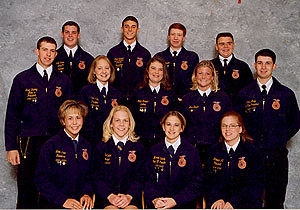
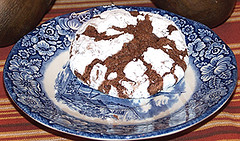
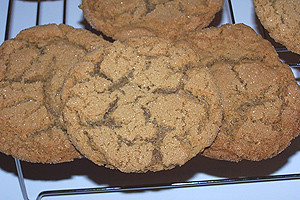
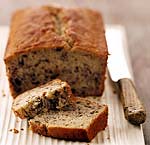
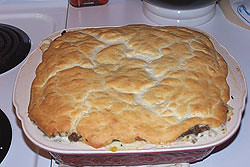
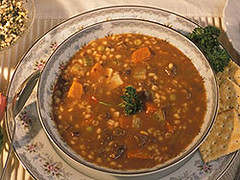
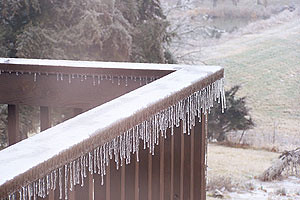
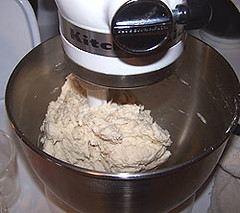
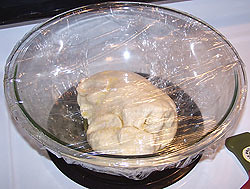 Place ball of dough in a bowl that has been coated lightly with olive oil. Turn the dough around in the bowl so that it gets coated with the oil. Cover with plastic wrap. Let sit in a warm place (75-85°F) until it doubles in size, about 1 to 1 1/2 hours. If you don't have a warm spot in the house you can heat the oven to 150 degrees, and then turn off the oven. Place the bowl of dough in this warmed oven to rise.
Place ball of dough in a bowl that has been coated lightly with olive oil. Turn the dough around in the bowl so that it gets coated with the oil. Cover with plastic wrap. Let sit in a warm place (75-85°F) until it doubles in size, about 1 to 1 1/2 hours. If you don't have a warm spot in the house you can heat the oven to 150 degrees, and then turn off the oven. Place the bowl of dough in this warmed oven to rise. 